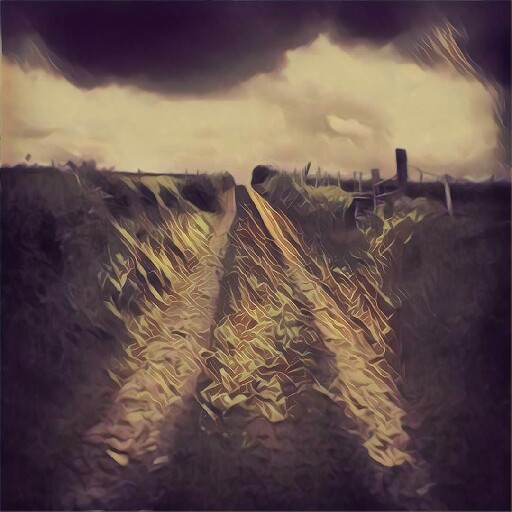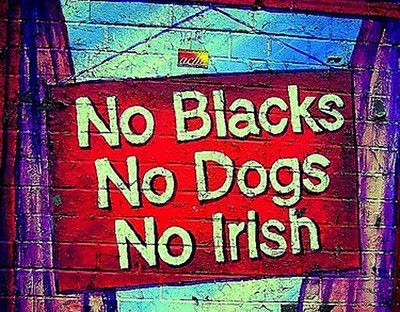
Image: Author
Folklore has a profound and unsettling impact on the imaginative perception of landscape, identity, time and the past. Folk memory is often manifested as an intrusive and violent breach from an older repressed, ‘primitive’ or ‘barbarous’ state that transgresses the development of cultural order.
Extract: Fiend in the Furrows Blog
Feral Fields
Despite being an early medievalist and a big film fan, I have never had much interest in horror/fantasy genres in general. I prefer ‘the real stuff’ – far more terrifying. But folk horror is different. Its something that has always been loitering in the shadows of my peripheral vision – as a child, as an adult, as a consumer of culture, as an archaeologist & historian – despite only being consciously labelled as such in my head in the last few years.
I grew up in 1980s Ireland – bleak and cloudy in more ways than one – reading and watching stuff which is now considered classic staples of the genre. New housing estate on the edge of urban sprawl. Invasive concrete arteries slowly spreading into moody rural hinterlands. Feral fields and hedgerows only a short bike ride away.
I raided wood pallets from industrial factories for Halloween bonfires one day – picked blackberries, collected frog spawn and built tree houses the next. Cycled along unfinished motorways past castle ruins and burial mounds. Explored ‘haunted’ country lanes in twilight, peopling stumps, bumps and ditches with youthful abandon. It was one big halfway house of a childhood. Halfway between then and now, here and there. Through the grass, darkly. Half afraid to put away childish things.



 One of many interesting facets of Patrician history and hagiography is the role that the saint has played in the creation and maintenance of both religious and cultural identities throughout Ireland and the rest of the world. Due to the enigmatic nature of his writings and the wholesale absence of ‘fixed’ historical & geographical points within them; Patrick has always been seen as an everyman figure for anyone who wishes to claim him.
One of many interesting facets of Patrician history and hagiography is the role that the saint has played in the creation and maintenance of both religious and cultural identities throughout Ireland and the rest of the world. Due to the enigmatic nature of his writings and the wholesale absence of ‘fixed’ historical & geographical points within them; Patrick has always been seen as an everyman figure for anyone who wishes to claim him.